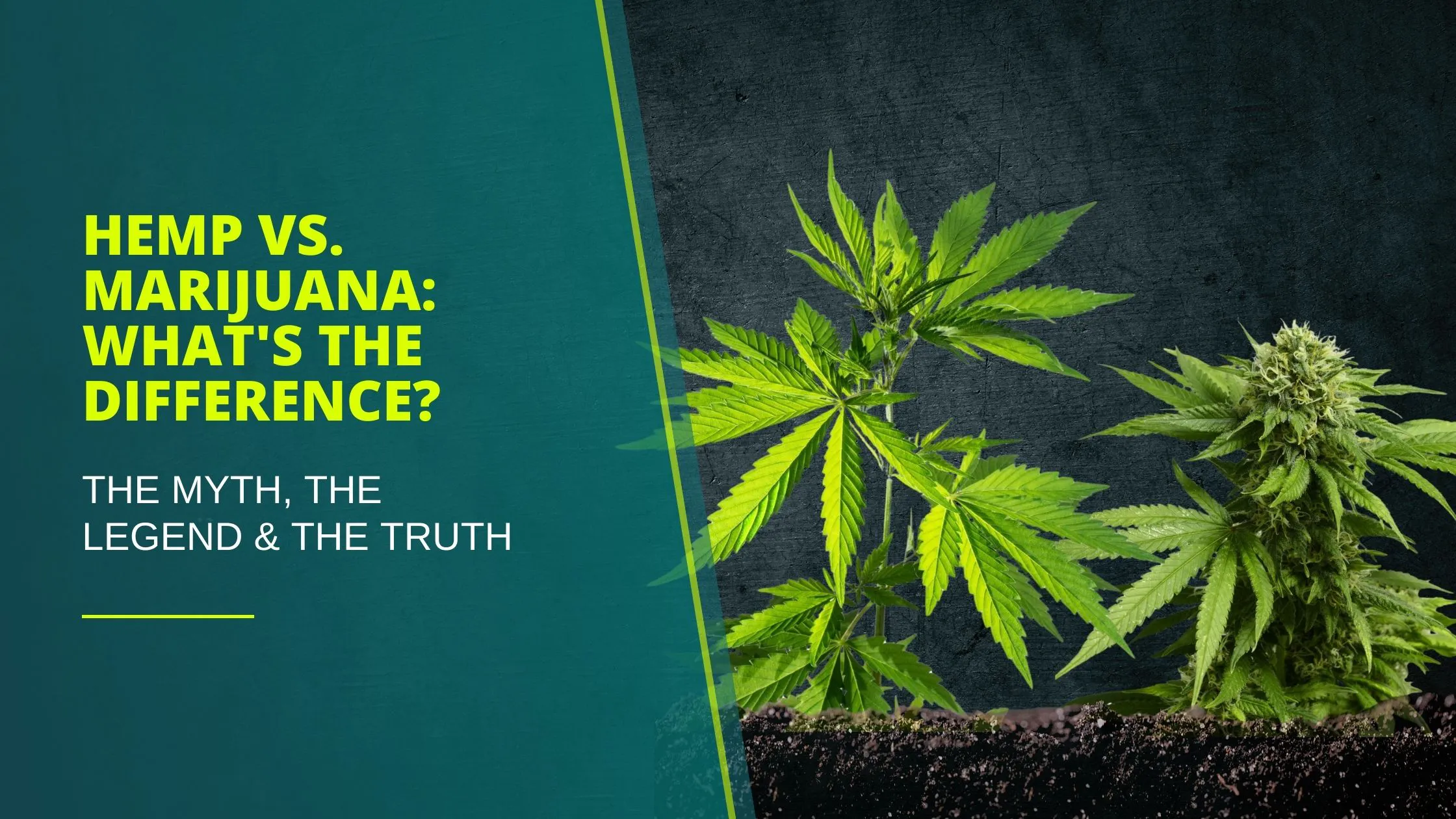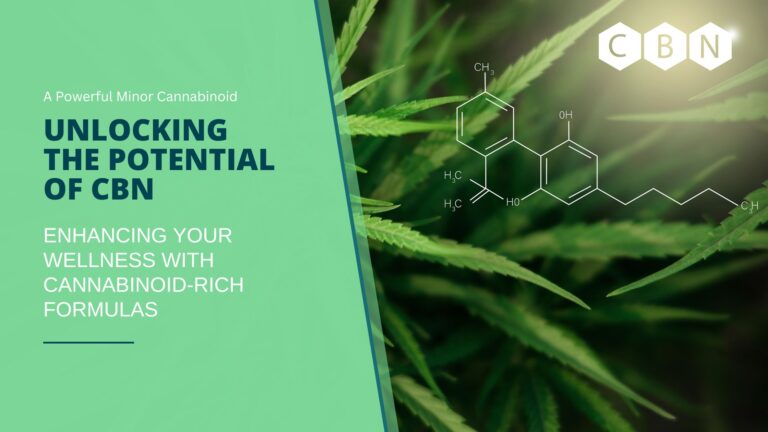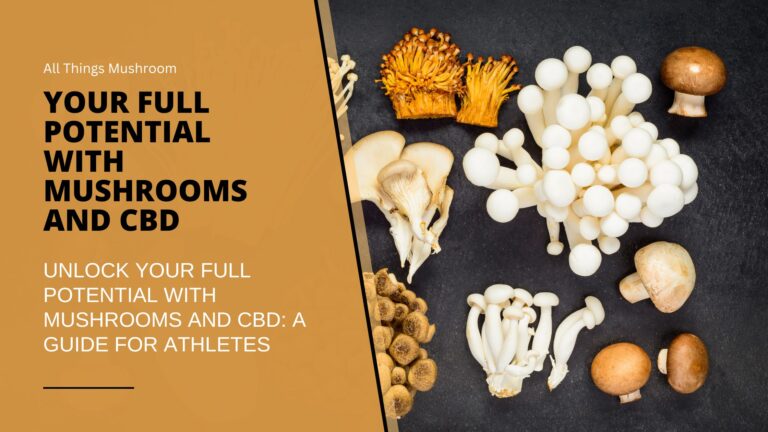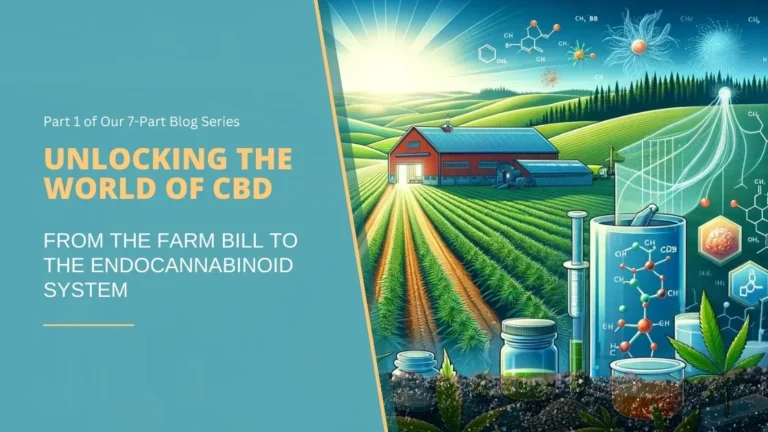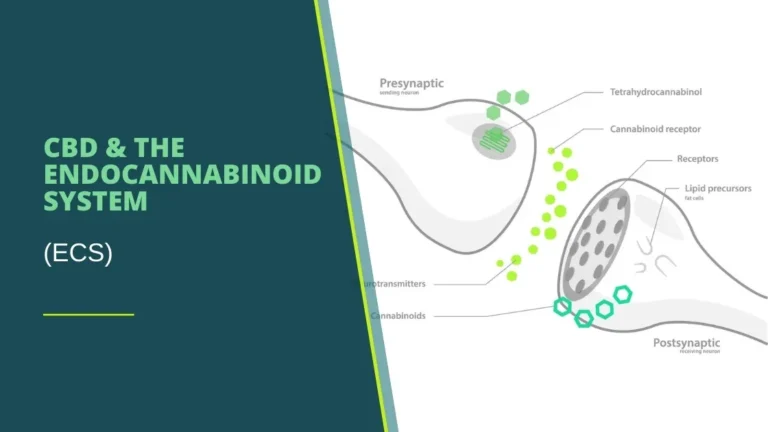Understanding The Differences
Ever caught yourself in the middle of a conversation about hemp and weed, feeling completely lost? Well, you’re in good company. Hemp and marijuana, though related and often mixed up, are more like distant cousins than twins. They hail from the same cannabis family, yet their differences are significant. With the evolving landscape of marijuana legalization and the rising popularity of CBD products derived from hemp, getting a grip on these distinctions is more crucial than ever. So, Let’s clear up the confusion and take a closer look at hemp and marijuana.
Cannabis Cousins
Imagine a family reunion with a bunch of cousins. There’s the tall, lanky cousin who’s great at making things, the short and energetic one who loves to laugh, and maybe even a quiet cousin who keeps to themself. Hemp and marijuana are like those cousins – related but with distinct personalities and purposes. Both hemp and marijuana come from the cannabis sativa plant family but let’s look at the key differences.
Hemp: The Overachieving, Eco-Friendly Cousin
Think of hemp as the tall, hardworking cousin. Hemp plants are superstars in the world of sustainability. Their strong fibers are used to make a variety of eco-friendly products, including:
- Rope and textiles: Hemp fibers are incredibly strong and durable, making them perfect for ropes, clothing, and even sails!
- Bioplastics: Hemp can be used to create biodegradable plastics, a more sustainable alternative to traditional plastics derived from fossil fuels.
- Building materials: Hempcrete, a combination of hemp fibers and lime, is a lightweight and strong building material gaining popularity for its eco-friendly properties.
But hemp’s uses go beyond just industrial applications. Hemp seeds are a nutritional powerhouse, packed with protein, healthy fats, and all nine essential amino acids. You can find hemp seeds in various forms, from sprinkling them on your salad to using hemp seed butter as a delicious and healthy spread.
Hemp
- Non-Psychoactive (won’t cause the high)
- Grows up to 20ft
- Long, sturdy stalks, skinny leaves
- Adapts to a variety of climates
- Low THC content (less than 0.3% THC) and high CBD content.
- Federally legal from under the Farm Bill (2018)
- Used in over 20,000 purposes

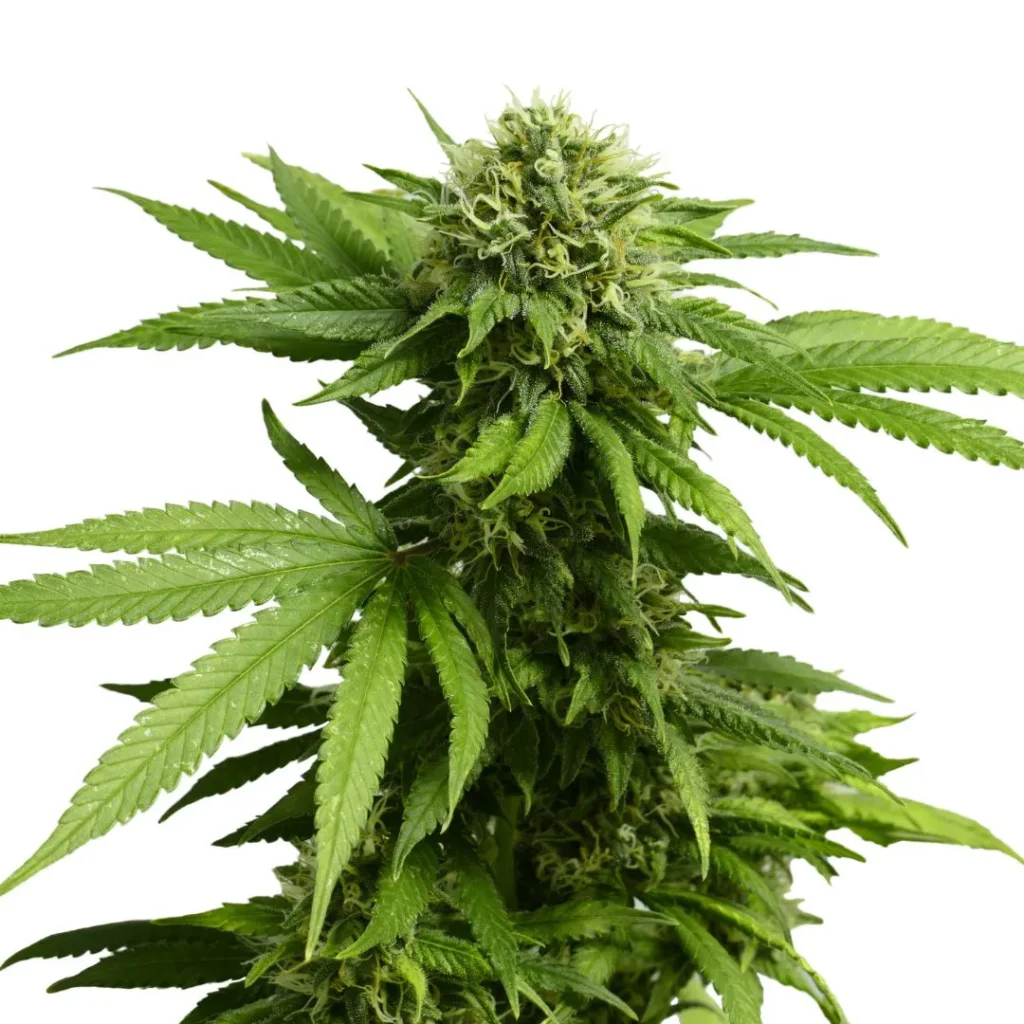
Marijuana
- Non-Psychoactive (will cause the high)
- Grows up to 5ft
- Short, bushy, Broad leaves, w/Flower
- Grown in specific climates
- High THC content (5-20%) and low CBD content.
- Federally controlled and not legal in some states
- Used medically & recreationally
Marijuana: The Relaxing (or Partying) Cousin
Marijuana, also known as weed, is the more well-known (and sometimes controversial) cousin. Unlike hemp, marijuana plants are specifically bred to have high levels of THC containing more than 0.3% THC. This THC is what creates the psychoactive effects users experience, like feeling relaxed, euphoric, or even creative, depending on the strain.
Marijuana has a long history of medicinal use, with people using it for pain relief, anxiety, and even epilepsy. In recent years, many places have legalized marijuana for recreational use as well.
A Brief History Lesson: From Rope to Reefer
From Ancient Uses to Modern Debate: A Look at Cannabis History
Cannabis has been cultivated for thousands of years, with evidence of its use dating back to 2800 BC in China. Interestingly, hemp was the more popular cousin for a long time! People valued its strong fibers for making clothes, sails, and other useful products.
Marijuana’s psychoactive properties were eventually discovered, and it gained popularity for recreational use. However, the 20th century saw a shift in attitudes towards cannabis. Marijuana was demonized and outlawed in many countries, including the United States, due to concerns about its psychoactive effects.
Legality
The legal status of hemp and marijuana is a complex and ever-changing issue. Here’s a quick breakdown of the current situation in the US:
- Hemp: The 2018 Farm Bill legalized the cultivation of hemp with a THC concentration below 0.3%. This means hemp is now federally legal and can be grown commercially across most of the US.
- Marijuana: Marijuana remains illegal federally. However, many states have legalized it for medical or even recreational use. The laws vary significantly by state, so it’s important to check the specific regulations where you live.
Uses and Benefits
Due to its low THC content, hemp is commonly used in various industries, including textiles, biofuels, and dietary supplements. Additionally, CBD derived from hemp has gained popularity for its potential therapeutic benefits, such as reducing inflammation and alleviating anxiety. Marijuana, on the other hand, is primarily used for recreational purposes and as a medical treatment for conditions like chronic pain, nausea, and epilepsy.
Due to its low THC content, hemp is commonly used in various industries such as textiles, biofuels, and dietary supplements. Additionally, CBD derived from hemp has gained popularity for its potential therapeutic benefits, such as reducing inflammation and alleviating anxiety. Marijuana, on the other hand, is primarily used for recreational purposes and as a medical treatment for conditions like chronic pain, nausea, and epilepsy.
Please note that this information is provided for informational purposes only and does not constitute legal or medical advice. It is important to consult with relevant authorities and professionals for accurate and up-to-date information.
The Cannabis Common Denominator
There’s another important player in the cannabis family: CBD (cannabidiol). Both hemp and marijuana contain CBD, another prominent cannabinoid (chemical compound found in cannabis). Unlike THC, CBD is non-psychoactive, meaning it won’t get you high. Research suggests CBD may offer a range of potential health benefits, including reducing anxiety, pain relief, and improved sleep. CBD oil is a popular product these days, used in tinctures, edibles, and even topical creams.
Summary
While hemp and marijuana are related, they are distinct plants with different chemical compositions and legal statuses. Hemp offers a sustainable and versatile resource, while marijuana remains a controversial plant with both medicinal and recreational applications. Here’s a quick recap:
- Hemp: High in fiber, low in THC. Used for industrial products, food, and potentially has health benefits. Federally legal in the US (with low THC content).
- Marijuana (Weed): High in THC, low in CBD. Used for medicinal and recreational purposes
Share & Connect with Us





Get in touch today and receive a complimentary consultation.
Sign Up & Stay Connected
Be the first to receive exciting news, educational resources, great tips and special offers.


